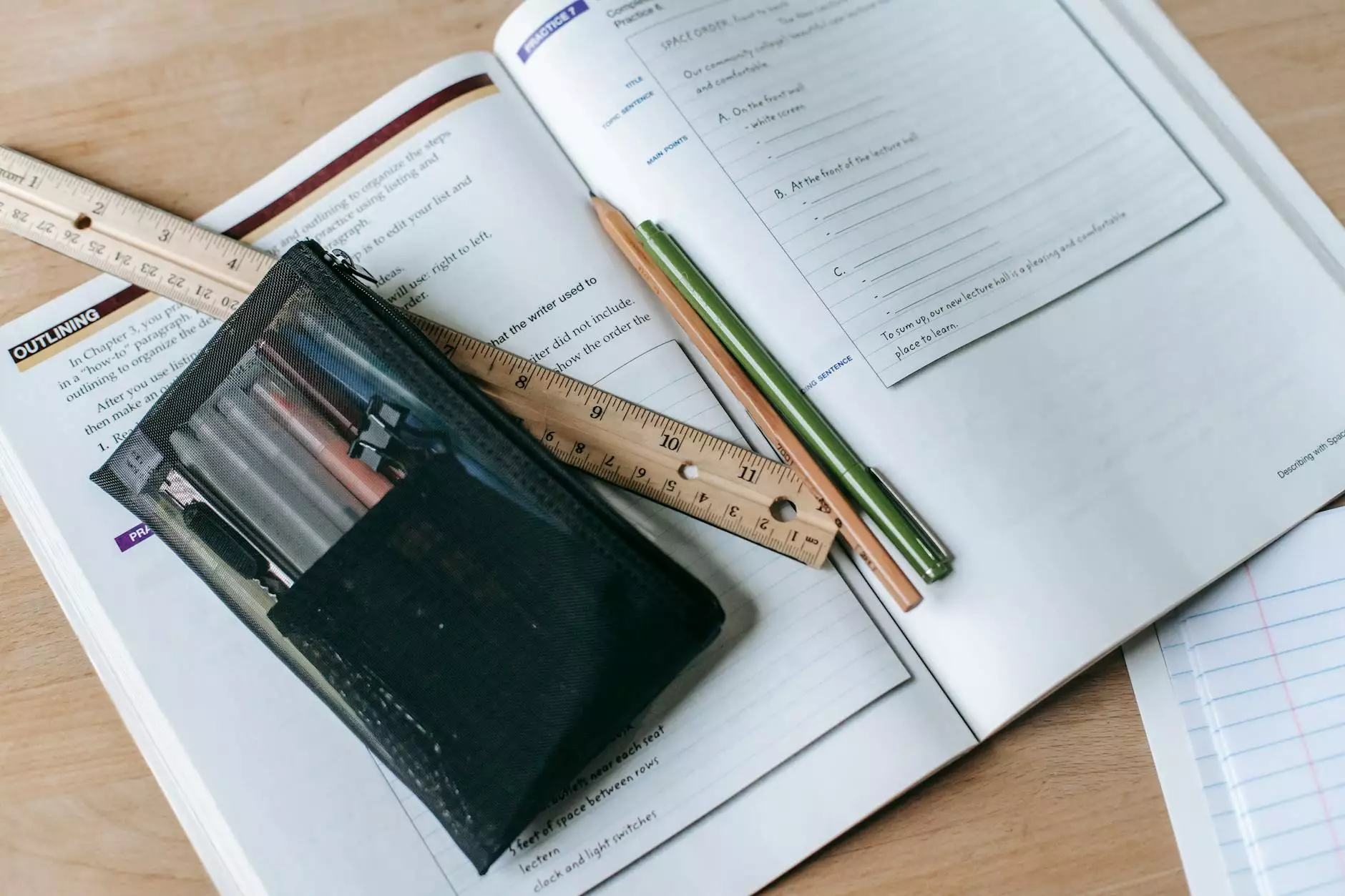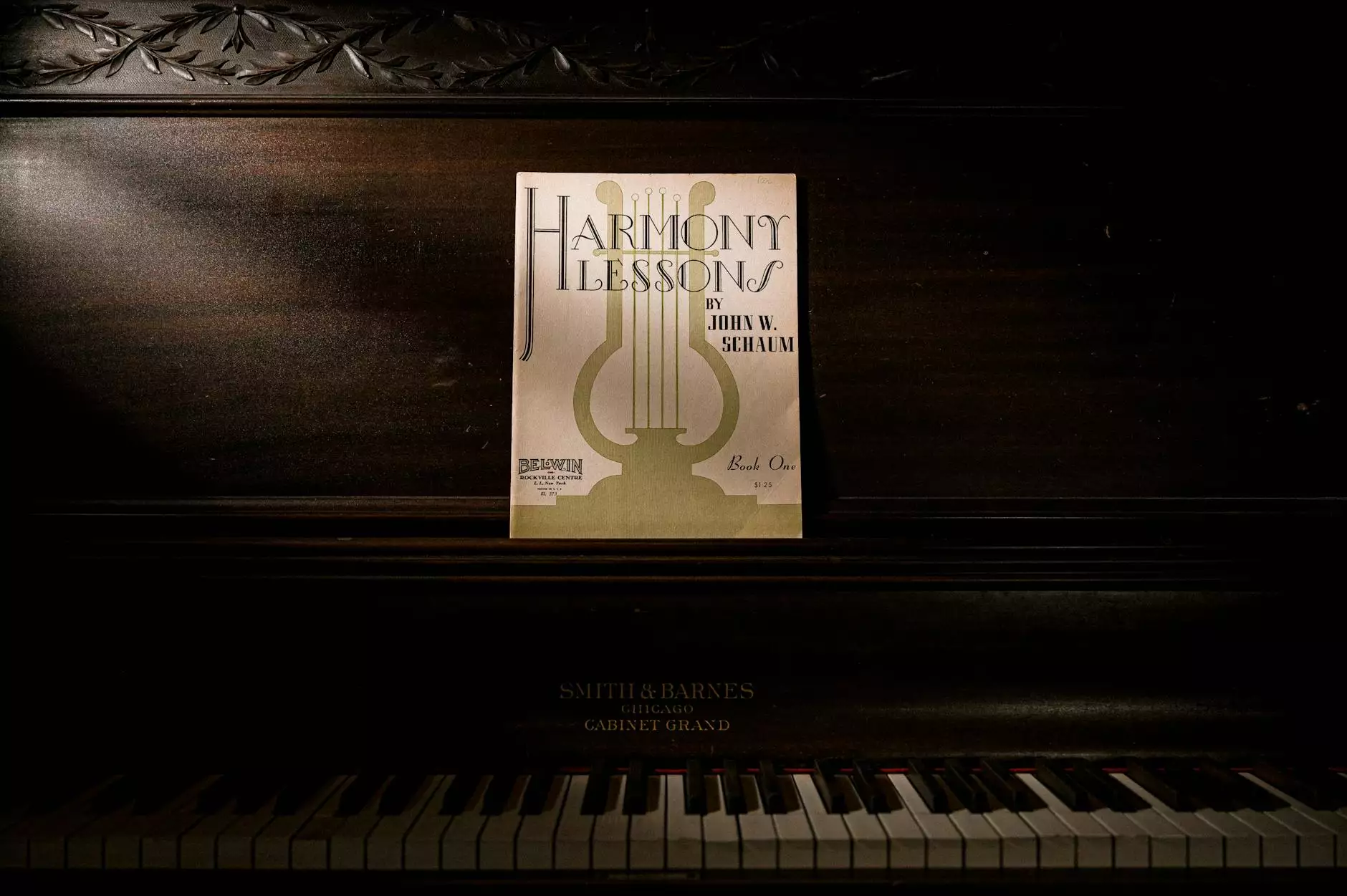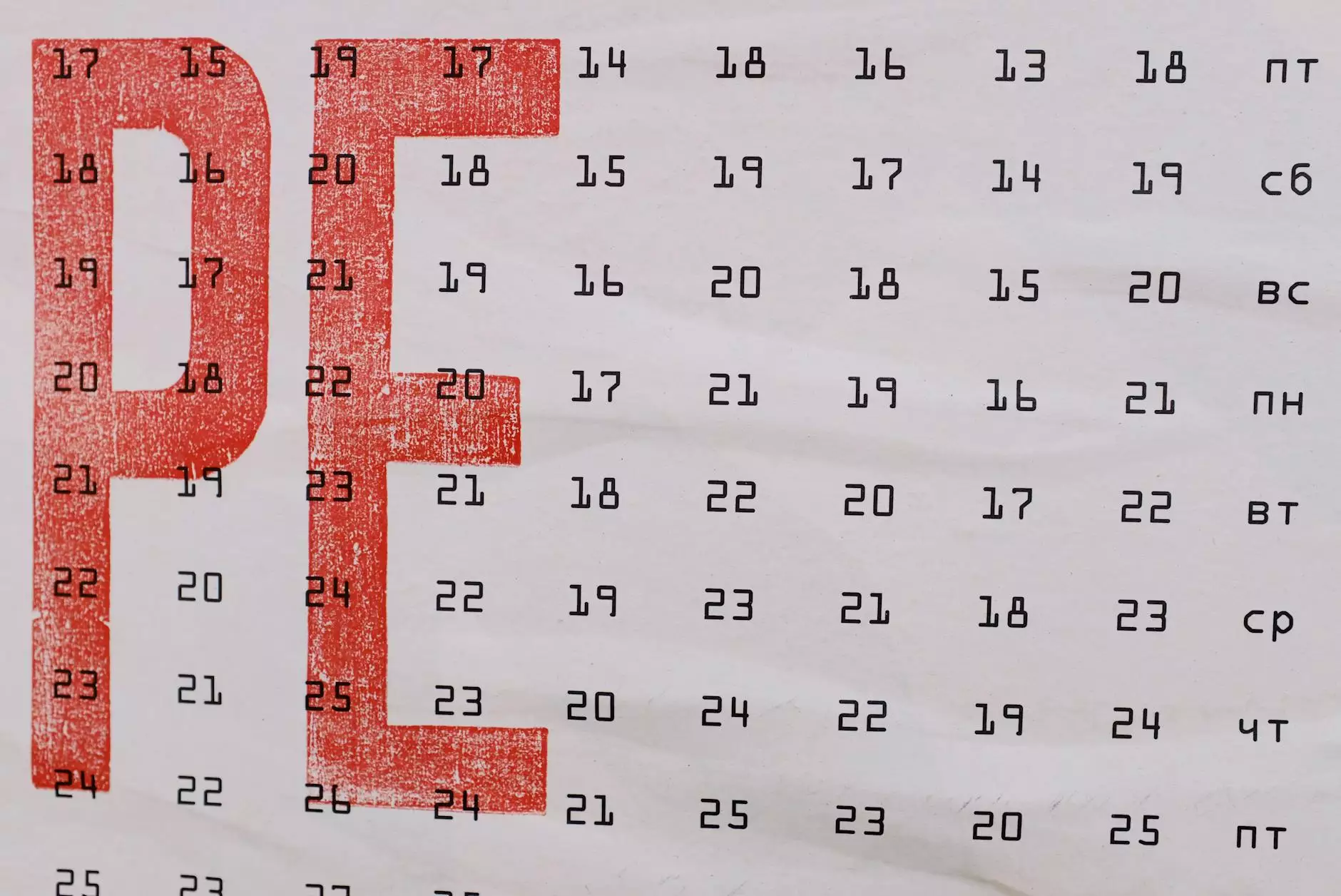249 – Using More With Verbs & Nouns – Grammar Lesson
English Grammar Lessons
Introduction
Welcome to NJCLT's comprehensive grammar lesson on using "more" with verbs and nouns. In this lesson, we will delve into the intricacies of using "more" effectively in different grammatical contexts. Whether you are a student striving to enhance your language skills or a professional looking to refine your communication, this lesson is designed to provide you with valuable insights and practical examples.
Understanding the Concept of "More"
The word "more" is a versatile term that adds emphasis or comparison to verbs and nouns. It allows us to express greater quantities, intensify actions, or compare multiple items. Mastering the usage of "more" opens up a world of possibilities in your linguistic repertoire.
Using "More" with Verbs
When using "more" with verbs, it is important to consider the context and intention behind your statement. Here are some key scenarios where "more" can enhance your verbal expressions:
1. Expressing Comparative Degree
Comparative degree statements compare two or more actions, emphasizing the higher intensity of a specific verb. For example:
- "She sings more beautifully than anyone else in the choir."
- "They swam more vigorously in the relay race than their competitors."
2. Intensifying Actions
"More" can also intensify the impact of verb actions, highlighting the level of effort or energy involved. Consider these examples:
- "He ran more passionately in the marathon than he had ever done before."
- "The students studied more diligently for the final exams, hoping to achieve better grades."
Using "More" with Nouns
When incorporating "more" with nouns, it alters the meaning, indicating a greater quantity or degree. Let's explore some instances where "more" plays a vital role in noun-related scenarios:
1. Quantifying Nouns
By adding "more" before a noun, you specify a larger quantity or a higher degree. For instance:
- "She brought more books to the library than anyone else."
- "We need more time to complete the project successfully."
2. Comparing Nouns
"More" can also facilitate comparisons between multiple nouns, indicating a preference or a greater amount. Here are a few examples:
- "He enjoys spending time with dogs more than cats."
- "She has more experience in the field of marketing compared to her colleagues."
Conclusion
By now, you should have a solid understanding of how to incorporate "more" effectively with both verbs and nouns. Remember, practice is key! Continuously applying these concepts in your written and spoken language will help you master this grammatical technique.
NJCLT is proud to support your language learning journey. Stay tuned for more insightful grammar lessons and language tips!










